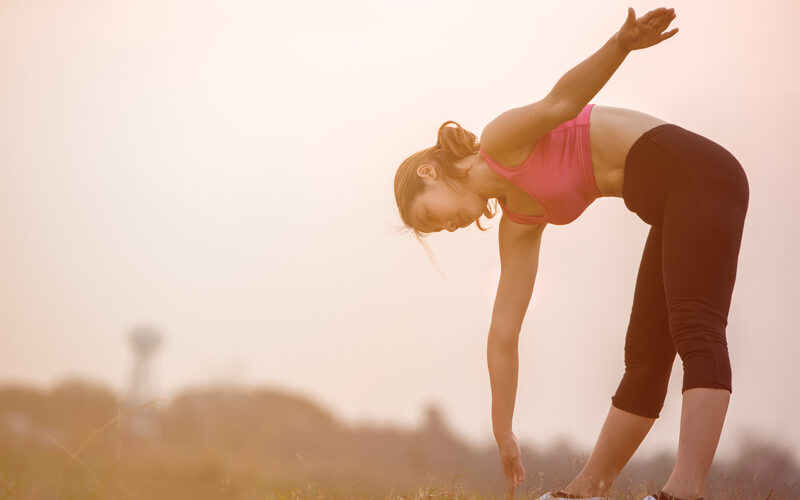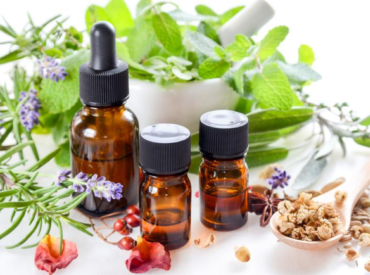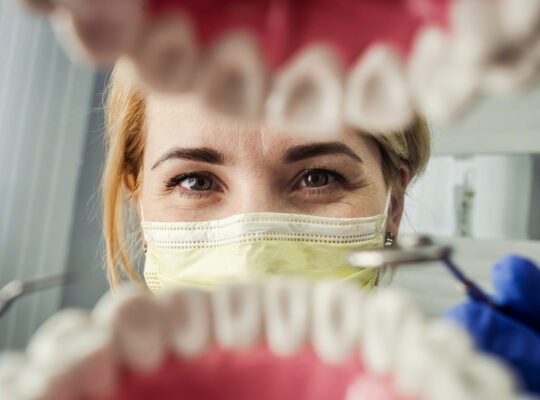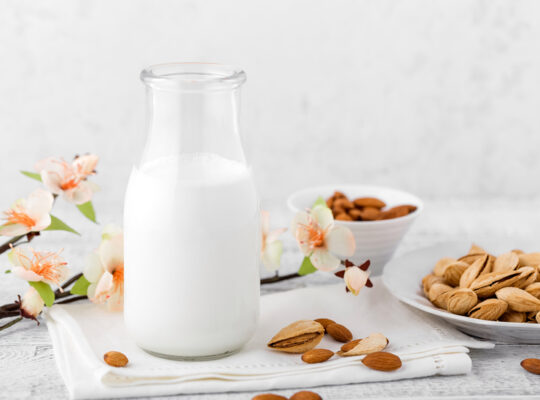Embracing flexibility is a powerful way to support overall well-being. It not only helps in preventing injuries but also improves posture and balance. Increased flexibility can make everyday movements like bending and reaching more effortless, enhancing the quality of life. Here are three proactive steps you can take to enhance your body’s flexibility.
Drink More Water
Hydration and flexibility share a deep connection. Water makes up a significant part of your muscles and fascia, the connective tissue that envelops your muscles. When your body is well-hydrated, these components function more effectively, aiding in flexibility. By ensuring that you drink an adequate amount of water each day, you maintain your muscle and fascia’s health and elasticity. This simple practice can lead to noticeable improvements in your flexibility over time. Additionally, remember to hydrate before, during, and after your workout to replenish any lost fluids.
Add Stretches to Your Workouts
Stretches are crucial in promoting flexibility. However, not all stretches are created equal, and their effectiveness can depend on when you perform them in your workout routine. You should do dynamic stretches before working out and static stretches after. Dynamic stretches involve moving parts of your body and gradually increasing reach or speed of movement. They effectively prepare your muscles for the workout to come and can include movements like leg swings, arm circles, or lunges with a twist. On the other hand, static stretches, where you hold a stretch for a prolonged period, are perfect for cooling down after a workout. These stretches help lengthen and relax your muscles that have contracted during your exercise session. Examples of static stretches include the hamstring stretch, cobra pose, or a simple forward bend. Adding a variety of stretches to your workout can provide your body with the best conditions for improving flexibility.
Get a Regular Massage
Massages can significantly aid in improving flexibility. By working on your muscles, connective tissue, tendons, and ligaments, massages can increase your range of motion and improve flexibility. During a massage, manipulating soft tissues helps increase blood circulation, delivering a fresh supply of oxygen and nutrients. This process not only helps relieve muscle tension but also improves the flexibility and mobility of your joints. Moreover, regular massages can help alleviate muscle soreness and speed up recovery, particularly after intense workout sessions. A certified massage therapist can guide and provide services based on your unique needs and flexibility goals.
Improving flexibility is a gradual process, one that requires patience, consistency, and mindful attention to your body’s needs. By staying hydrated, incorporating both dynamic and static stretches in your workout, and getting regular massages, you are on the right path toward a more flexible, more vibrant you. Embrace these practices and enjoy the journey towards enhanced mobility and well-being. Remember, it’s not about perfection, but progression.
You might also like this article: Why You Should Give Up on Soda





